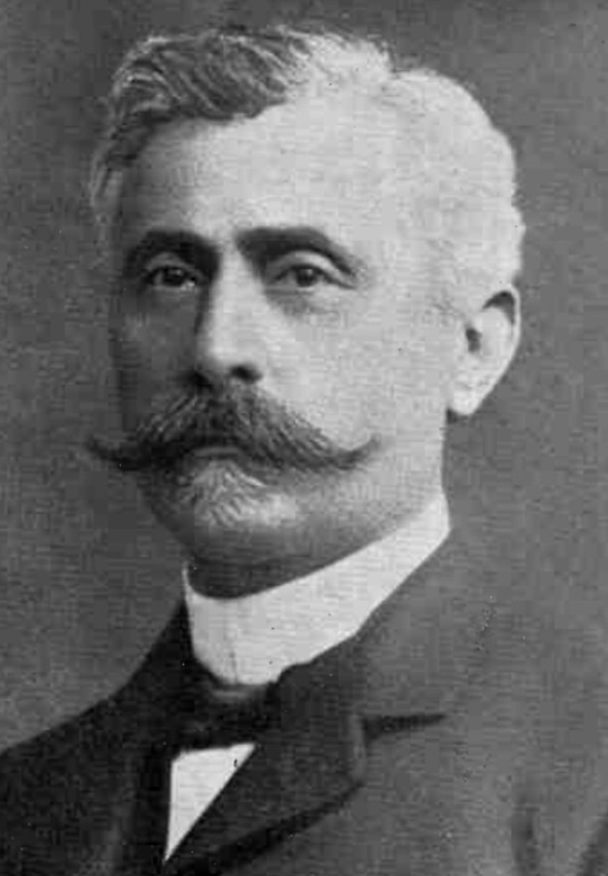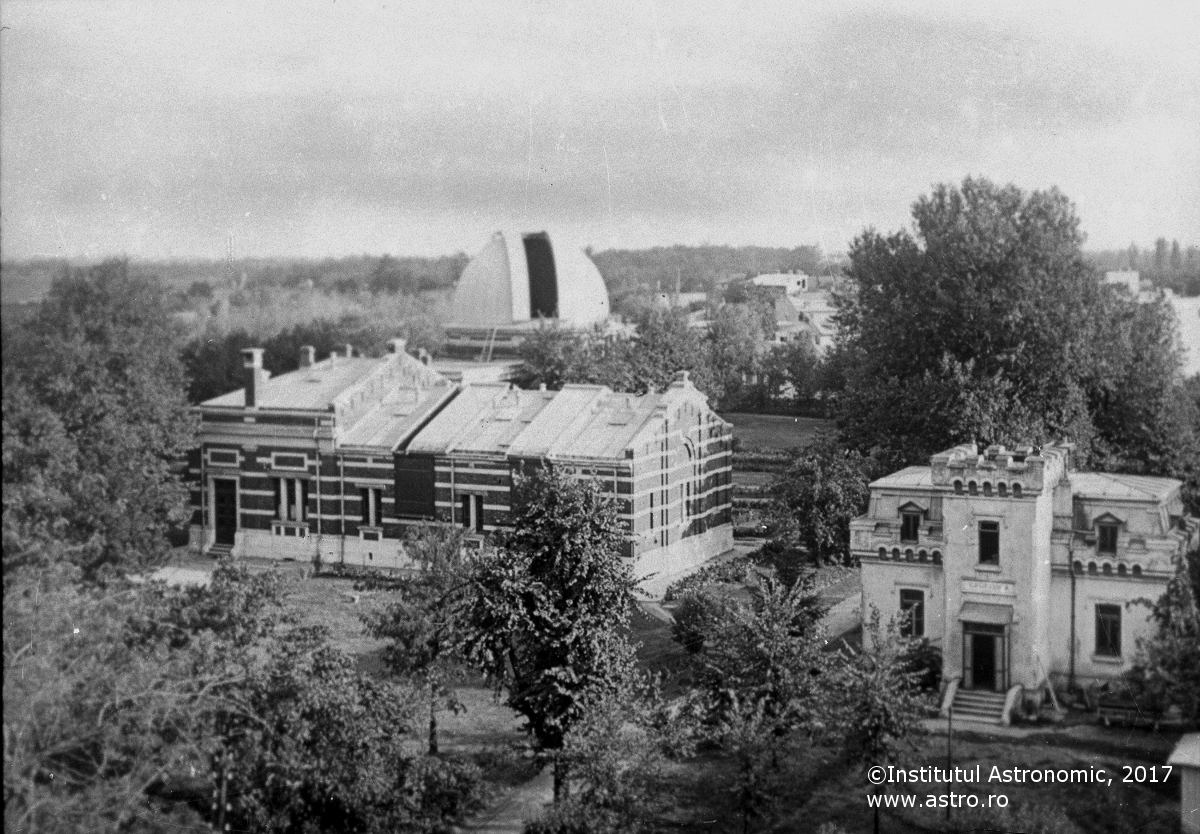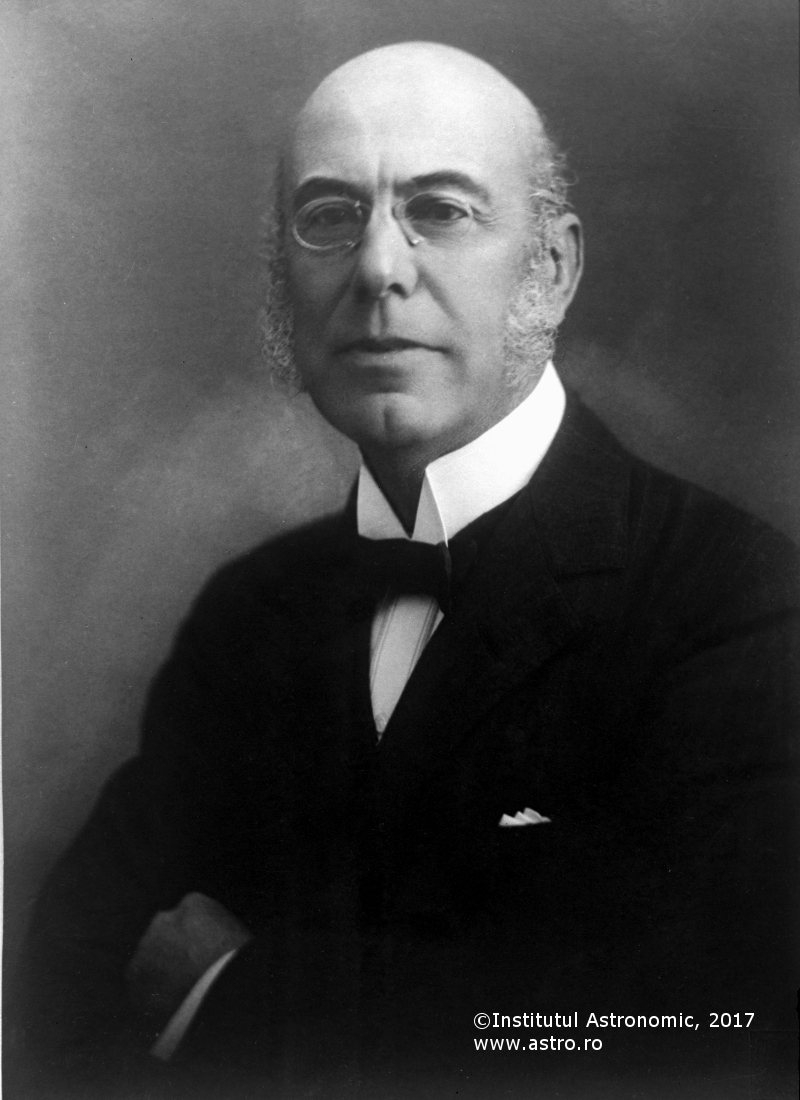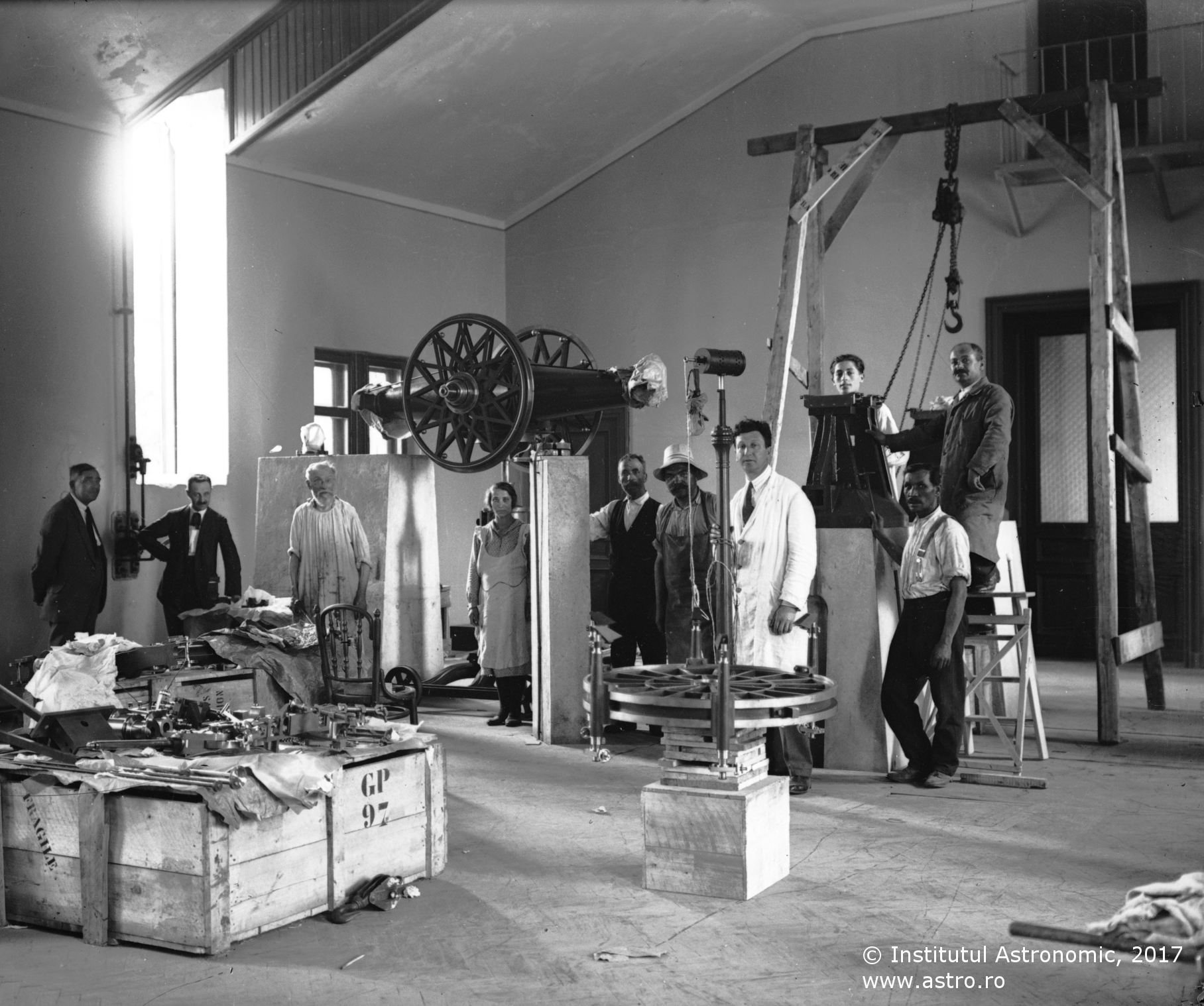Spiru Haret


The Astronomical Observatory in the 1920’s

Nicolae Coculescu

Team of scientists and workers during the installation of the Gautier-Prin telescope in the Meridian Hall (1926)